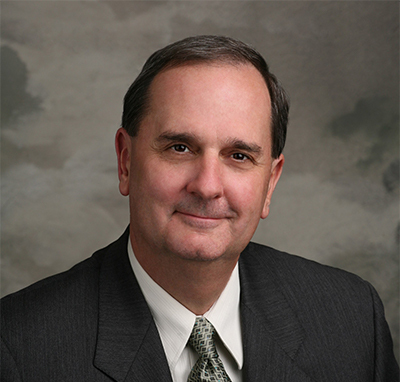If you thought hair loss treatments had peaked with transplants or over-the-counter shampoos, think again. In this episode of our podcast, we talk with Dr. Alan Bauman, a leading expert in hair restoration and regenerative medicine, who’s pioneering something truly futuristic: hair follicle stem cell banking.
Yes, you read that right. You can now bank your hair follicles—and the stem cells inside them—for use in future regenerative therapies.
And that’s just the beginning.
Hair Loss is More Common Than You Think
Hair loss affects over 100 million people in the U.S. alone, and it’s not just a men’s issue. Women lose hair too, just differently. While male hair loss tends to be more obvious (receding hairlines, bald spots), women experience a more diffuse thinning across the scalp. Often, people don’t notice it until they’ve lost nearly half their hair volume. That’s why early detection and treatment are key.
Dr. Bauman breaks it down: time equals follicles. The longer you wait, the more hair you lose—and the harder it becomes to reverse.
From Transplants to Stem Cells
Dr. Bauman has been on the front lines of hair restoration for decades. What started with traditional transplants evolved into platelet-rich plasma (PRP), perinatal biologics, and now the latest breakthrough: exosome therapy. These treatments are all about rejuvenating the hair follicle, giving it the right signals to grow stronger, healthier hair.
But here’s the game-changer. We’re now able to collect and preserve your own hair follicles—complete with stem cells—so they can be used later. Imagine having a backup supply of your own healthy follicles, cryopreserved and ready to be activated when future technologies like hair cloning become available.
Hair Banking: Your Personal Regenerative Toolkit
Think of hair follicle banking like a health savings account—but instead of money, you’re storing cellular gold. The stem cells found in hair follicles aren’t just good for growing hair. Researchers have already turned them into cartilage, neurons, and even pancreatic cells in lab settings. That means the same follicles that help restore your hair could one day help restore your health.
It’s regenerative medicine with long-term vision.
Real People, Real Results
What struck us most in this conversation was the emotional side of hair restoration. Dr. Bauman shared stories of patients whose lives were transformed—socially, professionally, and personally. One patient, who lost his hair during cancer treatment in his 20s, was able to regain his confidence thanks to a cranial prosthetic. Another saw life-changing results from early regenerative therapies.
For those dealing with autoimmune-related hair loss, like alopecia areata, the story is different but just as powerful. While some patients embrace their hair-free look as a badge of empowerment, others are exploring options like Jack inhibitors and stem cell therapy to encourage regrowth.
Why This Matters
Hair is about more than appearance. It’s identity. It’s confidence. And as Dr. Bauman points out, it’s also a marker of health, vitality, and even fertility. That’s why these advances aren’t just cosmetic—they’re life-enhancing.
We’re standing at the intersection of aesthetics, science, and longevity. And this is just the beginning.
Listen to the Episode
This 20-minute episode with Dr. Alan Bauman is packed with insight, inspiration, and a clear look into the future of regenerative medicine. If you’ve ever wondered about the science behind hair restoration—or what your hair could do for you beyond just looking good—this conversation is a must-listen.
Tap here to listen now
And for even more breakthroughs in stem cell science, innovation, and future-focused medicine, don’t miss the Stem Cell Conference in 2026.
We’ll see you there.



